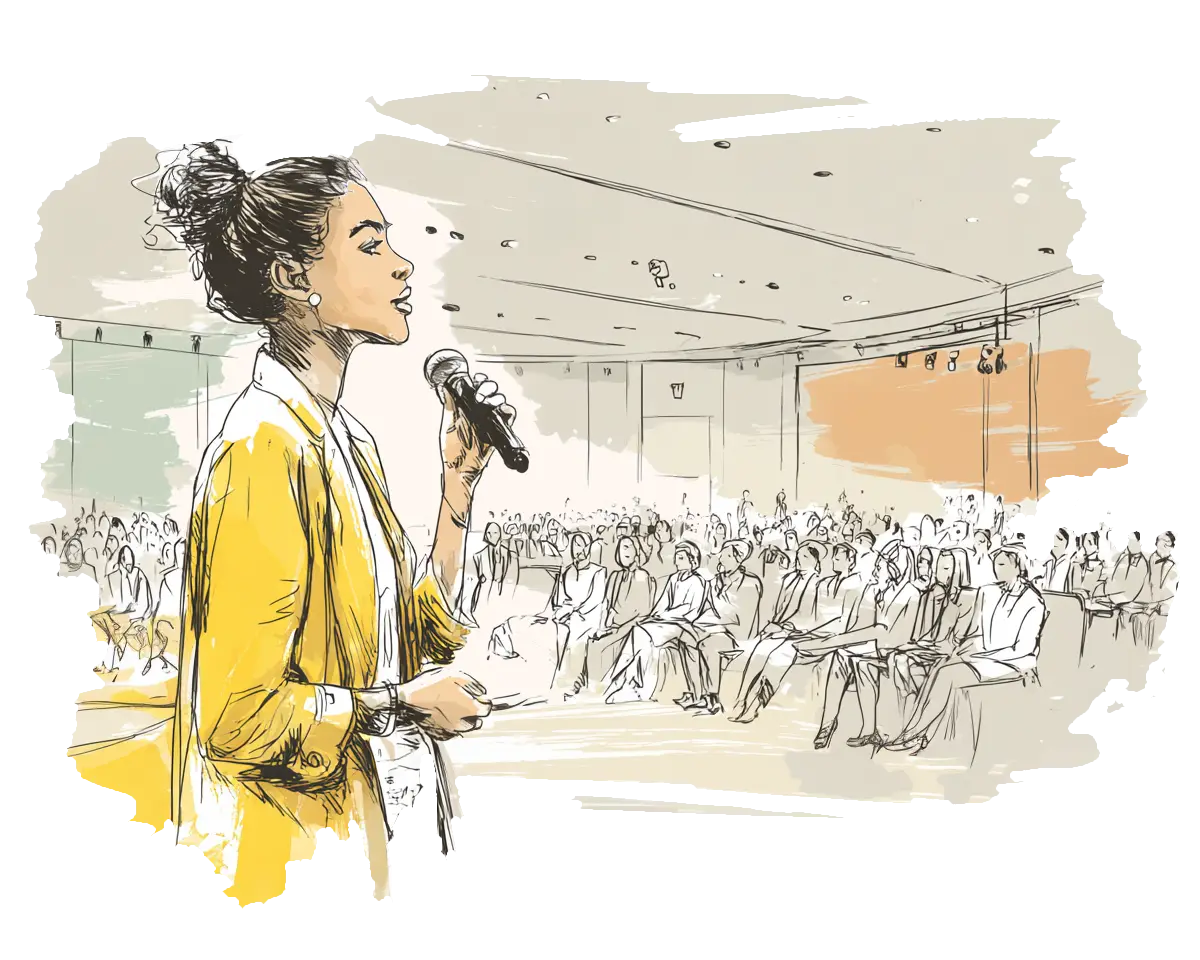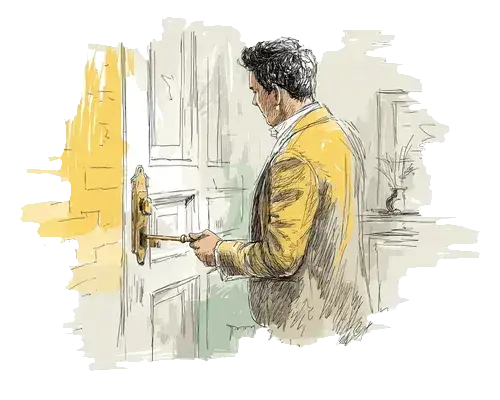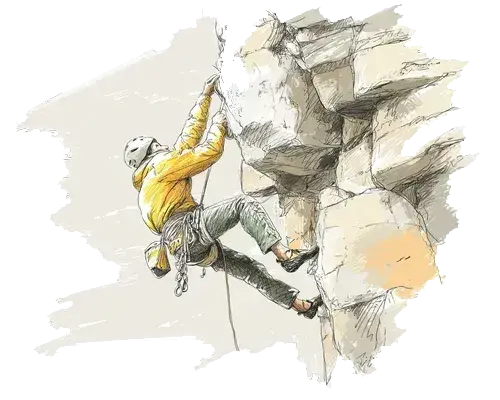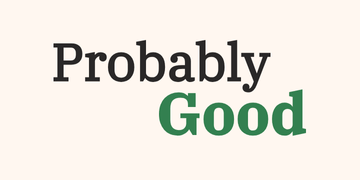Want a meaningful career that helps others? Wondering how to choose the right job for you? Thinking about making a career change to something that’s more impactful?
Our career guide takes you step-by-step through what you need to do to build a career that’s good for you and good for the world.
Start readingYour career is one of your best ways to change your life and the lives of others, but you need to be strategic about it.
Just as you might spend a lot of time researching the best possible product before making a big purchase, it’s easily worth spending several hours thinking about how you’re going to spend your time and energy throughout your career.
That’s why we created this guide: to help you figure out what career would probably be best for you, given your skills, circumstances, and values. You will learn things like how to:
- Compare different potential paths.
- Find—and land—impactful roles.
- Overcome obstacles in the job search.
So dive in, and let’s find the best evidence-based ways to use your career for good.

1. Your career can change your life—and the lives of others
Your career shapes how you spend your days, who you meet, and what you learn—but it doesn’t stop there. With the right choices, your work can also become a powerful way to help others and tackle the problems you care about. This chapter explores how your career can be both personally meaningful and socially impactful—and how thinking strategically can open up possibilities you might not have imagined.
Read now

2. Matching your motivations to good opportunities
Once you see that your career can make a real difference, the next step is figuring out where you fit. This chapter helps you connect your skills, interests, and motivations to problems that truly need solving. By exploring both what drives you and where you can do the most good, you’ll learn to spot opportunities that are both personally meaningful and highly impactful.
Read now

3. Mapping your options with career hypotheses
Once you’ve explored your interests and potential impact, it’s time to turn ideas into concrete directions. This chapter guides you in mapping out promising paths—by connecting your skills and values to real-world opportunities. You’ll learn how to develop and test “career hypotheses” so you can move forward with more clarity and confidence, not just guesswork.
Read now

4. Where to find an impactful job
You’ve explored your options—now it’s time to find real opportunities. This chapter helps you move from ideas to action: how to search for impactful roles, uncover hidden opportunities, and build connections that open doors. You’ll learn practical strategies to broaden your search, network authentically, and make yourself visible to the right people—so you can turn your career plans into concrete next steps.
Read now

5. How to actually land a good job
Now it’s time to move from possibilities to offers. This chapter helps you navigate the practical steps of applying, interviewing, and negotiating—so you can turn promising opportunities into real jobs. You’ll learn how to craft stronger applications, prepare for interviews with confidence, and make informed choices when offers come your way—all while staying true to your goals and impact.
Read now

6. Overcoming obstacles in the job hunt
Even with a clear plan, job hunting can feel discouraging—rejections, silence, and setbacks are part of the process. This chapter helps you diagnose what’s holding you back, adjust your approach, and stay steady through challenges. You’ll learn practical ways to improve your strategy and maintain your motivation, so you can keep moving forward with resilience and clarity.
Read now

7. Evolving and sustaining your career over time
Landing an impactful role is just the beginning—your career is something you keep shaping as you grow. This chapter explores how to keep learning, build meaningful relationships, and adapt your path over time. You’ll learn how to stay connected to your goals, develop new skills, and find ways to deepen your impact throughout your career journey.
Read now

8. Taking your strategic next steps
You’ve explored how to align your motivations with impact, find and land roles, and grow over time—now it’s time to put it all into action. This chapter helps you move from reflection to concrete steps: refining your career hypotheses, building skills, connecting with others, and identifying real opportunities. You’ll learn how to make intentional moves that build momentum toward a career that’s both fulfilling and impactful.
Read now
Who are we?
We’re Probably Good, a nonprofit organization dedicated to helping people build careers that are good for them and good for the world. As a nonprofit, our services are completely free; our only goal is to help you make a difference.
Our approach to career advice is guided by three principles:
- Help others at scale. Because some ways of helping are better than others, we focus on figuring out how to increase your positive impact.
- Rely on evidence. The advice we give isn’t solely based on intuition; it’s based on the best data and evidence we can find.
- Focus on tools over conclusions. We aim to provide helpful tools to make informed decisions, rather than giving specific answers or recommendations.
